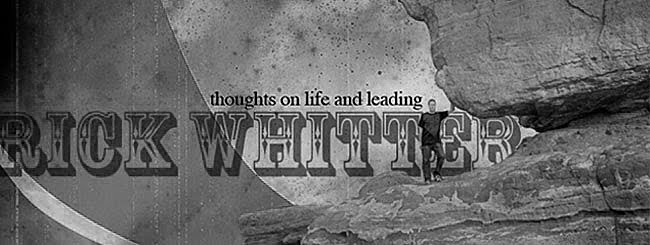 This is a continuation of our application of lessons learned while hiking the Inca Trail in Peru.
This is a continuation of our application of lessons learned while hiking the Inca Trail in Peru. By Jessica Whitter Hanson and Rick Whitter
Trekking poles are essential. Trekking poles are like ski poles. They assist with balance, they keep you stable and they supply support while going up and down the hills which takes pressure off of your joints. Prior to the hike, we debated even bothering with trekking poles. Thankfully, a couple of more experienced hikers advised us to make the investment. What an absolute lifesaver! We used the poles 90% of the time we were on the trail.
What I got out of this: Some things we think were optional, aren't. If we don't take them along, we won't finish the trek of life. You'd better know what those things are and take them along.
The porters make it happen. We signed on with a trekking guide company for our trip. You can't even hike the Inca Trail without a licensed guide, for obvious reasons. The men who were responsible for carrying our cooking equipment, food and extra gear were amazing. They sometimes literally ran the trail ahead of us to set up camp prior to our arrival. They were quietm, unassuming guys but they made the trip so much better.
I was reminded of a few things from these hard working men: it's not the glamour people, not those who demand or require a lot of attention. It's not those who work for the applause of the people. The ones who make it happen are those who throw the load on their back and do the job. When no one is looking, when nobody is clapping, they go about the business of making the world work. They don’t complain, they just do it. Here's to the "porters" of the world. God bless you!
Travel light. Get rid of some crap. My pack weighed somewhere around 35 pounds, more or less depending on how much water I was carrying. Our whole family are over packers. I like to be ready "just in case". Because of this tendency, our packs got very heavy, especially during descents. The pounding on our knees and hips was substantial on day two, when we ascended and descended Dead Woman's Pass (at 13,800 ft), I wanted to throw my whole pack off the cliff. It's not so bad to wear the same clothes for four days or to leave the toiletries at home. Did I really need those chemical cold packs in case of a swollen ankle? Apparently not, I brought them back unused.
Think minimalist in life. We don't need so many things. For a lighter load and a smoother journey, drop some dead weight.
We are better ascenders than descenders. On the first day of the trek, one of our guides asked us if we prefer going up the mountains or going down them. We thought this was a funny, ridiculous question – we were working so hard to climb up these hills and who in their right mind would prefer ascending instead of descending? On day two, we changed our tune. We spent the first half of the day climbing Dead Woman’s pass to an altitude of 13,800 feet and we thought it would be the hardest hours of the trek. We spent the second half of the day going down the other side of the pass, and found it to actually be more difficult than climbing up the mountain! Going up was hard on our lungs and hearts, but going downhill was hard on our bodies, putting constant pressure on our joints and feet.
Lesson learned: You think that after you’ve reached the summit, you’re home free. But sometimes, the downhill is harder than the uphill. Just because you’ve reached the summit doesn’t mean you can afford to kick back and relax. Be prepared for the challenges of descending.
Come on back in a few days for one more installment of “takeaways”. By the way, I have a ton of pictures from the trip posted on my facebook profile.






No comments:
Post a Comment